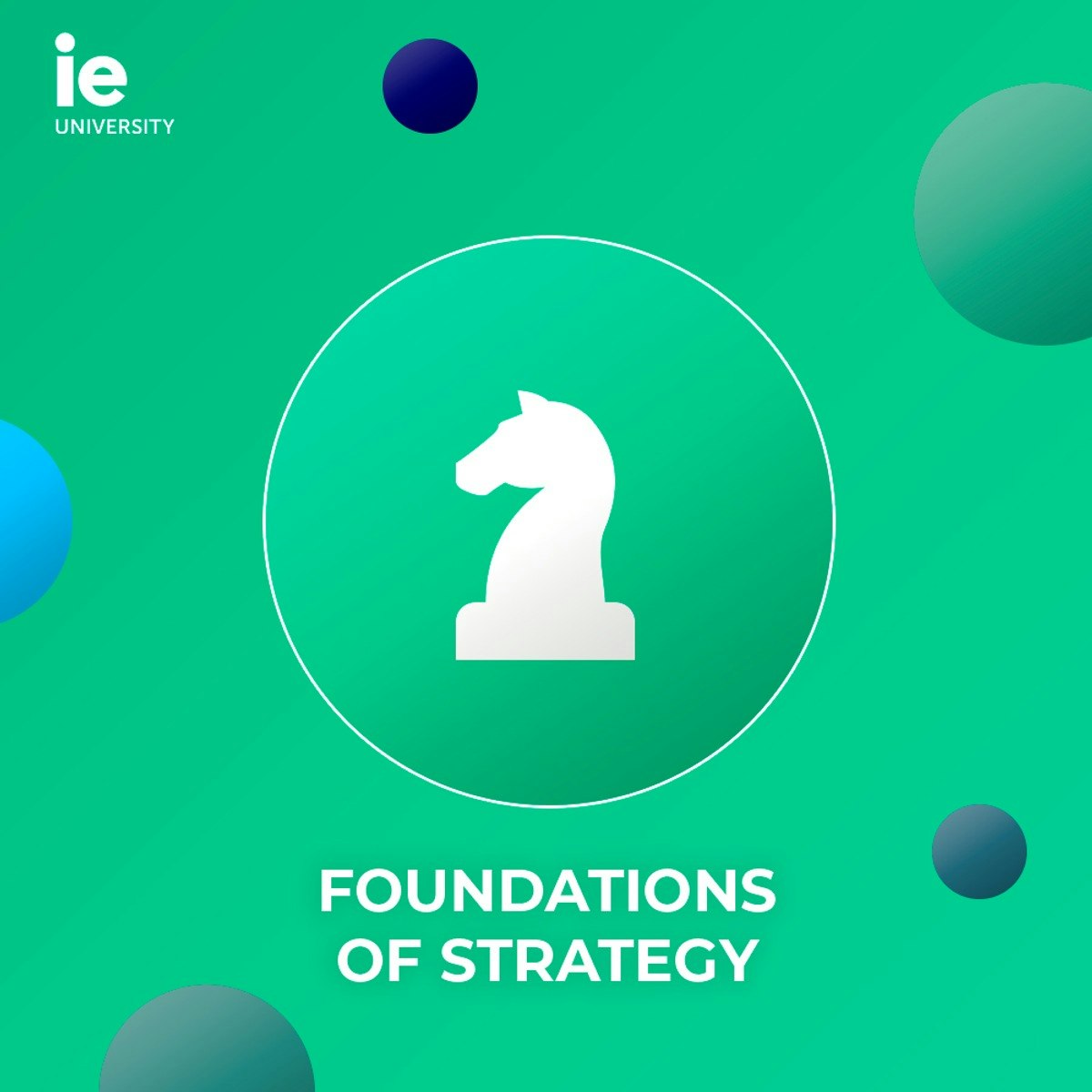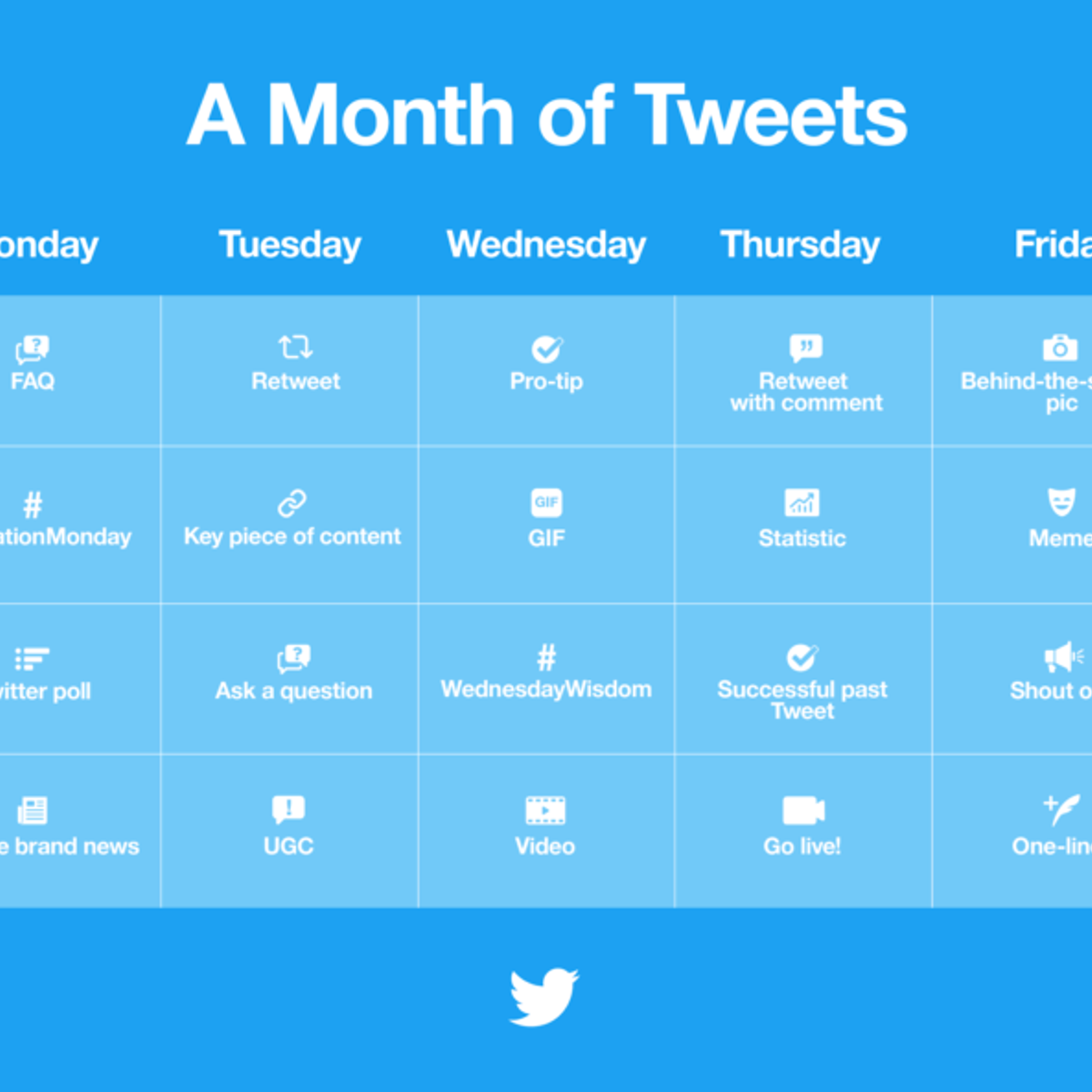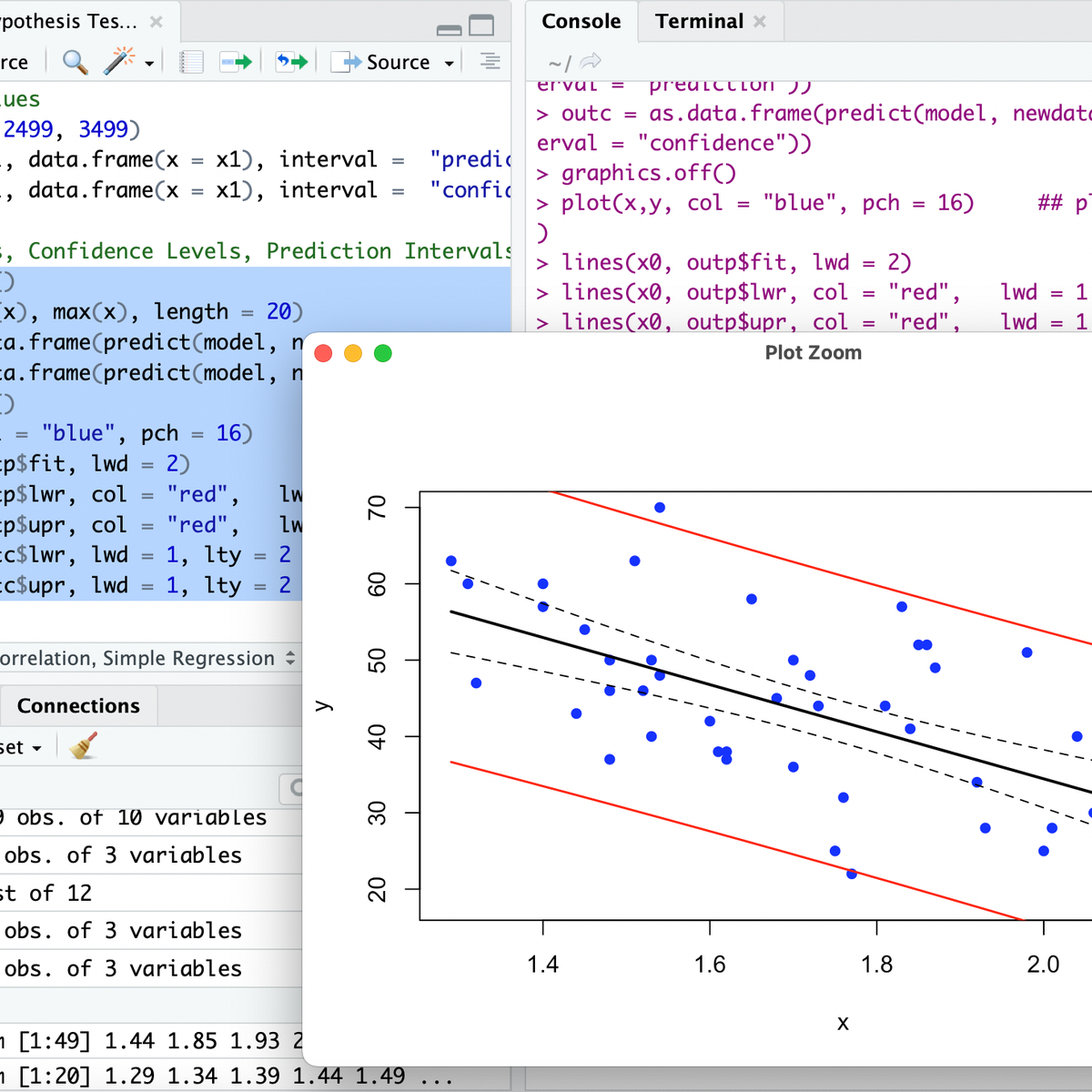Back to Courses









Business Courses - Page 85
Showing results 841-850 of 2058

Finance for Everyone: Debt
In Debt, we take on one of the most challenging financial questions that remains unresolved: How much to borrow? We start by demonstrating why using debt has always been and continues to be a great temptation, particularly when borrowing costs are historically low. We identify conditions for selecting the optimal amount of debt for a corporation looking to maximize its value. You’ll become fluent in related concepts like norms and benchmarks. You will explore these and other factors that influence debt for individuals and for public sector organizations -including governments, who are the largest consumers of debt. Like pollution, debt creates systemic risks even for the people and organizations that don’t create it. This course discusses the imperative of limiting and reducing debt and the costs to all of us if we don’t. We build on case based learning giving you opportunities to interpret, uncover and acquire financial information that is often hidden or missing. We also summarize important threads from previous courses to give you a deep and cohesive understanding of when debt works for you and when it becomes your worst enemy.

Foundations of Strategy
Strategy is a complex field and intrinsically related to economics. In this first week of this course you will learn the basic logic of how firms and markets function by using economic logic from a distinctly strategic perspective.
The economic logics discussed in the first week have shaped the field of strategic analysis from very early on. Porter’s Five Forces – probably the most well-known strategic analysis tool – directly builds on the notion of market structures and helps us to get a deeper understand of how the competitive environment affects the ability of firms to generate true economic profits. In this week, we´ll look at how Porter's Five Forces are related to market structures, economies of scale, and begin to touch on how firms leverage these to create competitive advantage.
Week three, we will move away from exclusively considering the external structure of an industry as the source of competitive advantage and instead focus our view on the internal resources and capabilities within firms – and the associated “resource based view” to look at how internal resources and capabilities play out in competitive situations.
Looking through the lens of the five forces at the industry, or through that of the resource-based view at firm internal resources and capabilities, feels a bit like swings of a pendulum – and, indeed, strategic theory and practice over the last decades has veered from a near-exclusive focus on the environment to being entranced by firms’ core capabilities. However, to get the full picture of where your firm stands (and where it and its industry may move) requires us to consider both of these perspectives! In this final week we will work on this crucial integration by building our understanding of what a competitive advantage truly is – and what distinct forms it can take.
This Course is primarily aimed at Coursera learners interested in exploring an IE Masters program and at professionals interested in building their business skills.

Advanced Business Analytics Capstone
The analytics process is a collection of interrelated activities that lead to better decisions and to a higher business performance. The capstone of this specialization is designed with the goal of allowing you to experience this process. The capstone project will take you from data to analysis and models, and ultimately to presentation of insights.
In this capstone project, you will analyze the data on financial loans to help with the investment decisions of an investment company. You will go through all typical steps of a data analytics project, including data understanding and cleanup, data analysis, and presentation of analytical results.
For the first week, the goal is to understand the data and prepare the data for analysis. As we discussed in this specialization, data preprocessing and cleanup is often the first step in data analytics projects. Needless to say, this step is crucial for the success of this project.
In the second week, you will perform some predictive analytics tasks, including classifying loans and predicting losses from defaulted loans. You will try a variety of tools and techniques this week, as the predictive accuracy of different tools can vary quite a bit. It is rarely the case that the default model produced by ASP is the best model possible. Therefore, it is important for you to tune the different models in order to improve the performance.
Beginning in the third week, we turn our attention to prescriptive analytics, where you will provide some concrete suggestions on how to allocate investment funds using analytics tools, including clustering and simulation based optimization. You will see that allocating funds wisely is crucial for the financial return of the investment portfolio.
In the last week, you are expected to present your analytics results to your clients. Since you will obtain many results in your project, it is important for you to judiciously choose what to include in your presentation. You are also expected to follow the principles we covered in the courses in preparing your presentation.

Effective Communication Capstone Project
In the Effective Communication Capstone learners apply the lessons of Business Writing, Graphic Design, and Successful Presentation to create a portfolio of work that represents their mastery of writing, design, and speaking and that expresses their personal brand. The portfolio includes three individual elements—a written memo, a slide deck, and a presentation—integrated around a single topic. We provide the elements for a basic capstone, but we also invite our learners to create their own project if they so choose. This self-designed "Challenge Capstone" allows learners to engage meaningfully in their world by choosing a project relevant to their current job or by volunteering to write, design, and speak for a social organization of their choice.
By successfully undertaking the Capstone, learners will accomplish three main goals: 1. They will hone their writing, design, and speaking skills and build a portfolio for a job search and/or professional application; 2. They will shape these skills into a unique brand identity; and, if they choose, 3. They will undertake a transformative effect in the world around them. Ultimately, the importance of Capstone portfolio is greater than the sum of its individual parts. Its true goal lies in each student’s personal transformation and expression of their best selves. We invite you to unleash your skills and we can't wait to see the results!
This course can be taken for academic credit as part of CU Boulder’s Master of Science in Data Science (MS-DS) degree offered on the Coursera platform. The MS-DS is an interdisciplinary degree that brings together faculty from CU Boulder’s departments of Applied Mathematics, Computer Science, Information Science, and others. With performance-based admissions and no application process, the MS-DS is ideal for individuals with a broad range of undergraduate education and/or professional experience in computer science, information science, mathematics, and statistics. Learn more about the MS-DS program at https://www.coursera.org/degrees/master-of-science-data-science-boulder.

AI Fundamentals for Non-Data Scientists
In this course, you will go in-depth to discover how Machine Learning is used to handle and interpret Big Data. You will get a detailed look at the various ways and methods to create algorithms to incorporate into your business with such tools as Teachable Machine and TensorFlow. You will also learn different ML methods, Deep Learning, as well as the limitations but also how to drive accuracy and use the best training data for your algorithms. You will then explore GANs and VAEs, using your newfound knowledge to engage with AutoML to help you start building algorithms that work to suit your needs. You will also see exclusive interviews with industry leaders, who manage Big Data for companies such as McDonald's and Visa. By the end of this course, you will have learned different ways to code, including how to use no-code tools, understand Deep Learning, how to measure and review errors in your algorithms, and how to use Big Data to not only maintain customer privacy but also how to use this data to develop different strategies that will drive your business.

How to create a content calendar to tweet consistently
In this 1-hour long guided tutorial, you will learn how to create a content calendar to tweet consistently.
Note: This tutorial works best for learners who are based in the North America region. We're currently working on providing the same experience in other regions.

RStudio for Six Sigma - Hypothesis Testing
Welcome to RStudio for Six Sigma - Hypothesis Testing. This is a project-based course which should take approximately 2 hours to finish. Before diving into the project, please take a look at the course objectives and structure.
By the end of this project, you will learn to identify data types (continuous vs discrete), understand what is Hypothesis Testing, pick the right Hypothesis Testing tool, perform various Hypothesis Tests including Correlation, Simple Regression, Logistic Regression, Chi-Square Test, T-Tests, Analysis of Variance (ANOVA), and Non-Parametric tests such as Wilcoxon Rank Sum and Kruskal Wallis.

Introduction to Public Speaking
This course gives you a reliable model for preparing and delivering effective presentations.
In business, in school, and in public life, we are often called upon to “make a few comments.” Often, people tasked with such speeches become flummoxed. They might not know what to talk about, or ramble without making a point, or simply be confusing to listen to. This course is designed to help you shine where others falter.
We’ll learn how organize talks clearly, write them memorably, and deliver them confidently. By the end of the course, you should be able to significantly reduce your fear of public speaking, use rehearsal techniques to develop a strong, vibrant speaking voice, and perform speeches with dynamic movement and gestures. The speech model that we’ll practice is useful for briefings, elevator talks, interviews, and even as a structure for hour-long presentations.
If you’re a beginner, this course will help you quickly master the fundamentals of speaking. If you’re a seasoned speaker, this course will help you better understand public speaking and push you to the next level.

English for Effective Business Writing
This course aims to improve your Business English writing skills by developing your use of vocabulary, grammar, understanding of different business writing genres, and your ability to write professional business documents. Skills learned in this course will be used in the cross-cultural communications course and help prepare you to produce the professional business documents in the Capstone project.
After completing this course, you will be able to:
- write business emails
- write an executive summary
- write persuasively in English
- adapt content to purpose, context and audience
- use appropriate style and tone of writing for business purposes

OKR Certification: Leadership and Goal Setting
“Ideas are easy. Execution is everything.” -John Doerr
In this one-of-a-kind OKR Certification, John Doerr builds on his New York Times best-selling book, Measure What Matters. The chairman of the venture capital firm Kleiner Perkins, Doerr reveals how the goal-setting system of Objectives and Key Results (OKRs) can lead to exponential growth.
This simple yet often misunderstood framework can help any organization thrive through meaningful, ambitious goal setting.
After taking the course, you will be able to use the OKR system to:
- clearly define and communicate your most important priorities;
- align everyone's goals, from entry level to the CEO;
- guarantee a commitment to excellence throughout the organization;
- definitively track and measure progress for transparent accountability;
- stretch for ambitious, amazing achievements;
- implement a robust OKR practice within an organization.
You’ll learn from real-world examples on how to turn strategies into action plans. You’ll unlock the power of the business community’s goal-setting system of choice. You’ll learn to write effective OKRs, and how to roll out the system within an organization.
Ever since they were introduced at Intel by iconic CEO Andy Grove in the 1970s, OKRs have engineered the success of some of the world’s most innovative businesses. John Doerr learned the method from Grove during his time at Intel and famously taught it to founders Larry Page and Sergey Brin at Google, one of his standout investments.
Doerr has continued to refine the system as he passes it on to the founders of his investment portfolio companies at Kleiner Perkins, where he serves as chairman. For the first time, he has gathered his wealth of experience and knowledge into a single educational program.
This course is presented by John Doerr and Kleiner Perkins technical advisor Ryan Panchadsaram, former Deputy Chief Technology Officer of the United States.
Popular Internships and Jobs by Categories
Browse
© 2024 BoostGrad | All rights reserved


